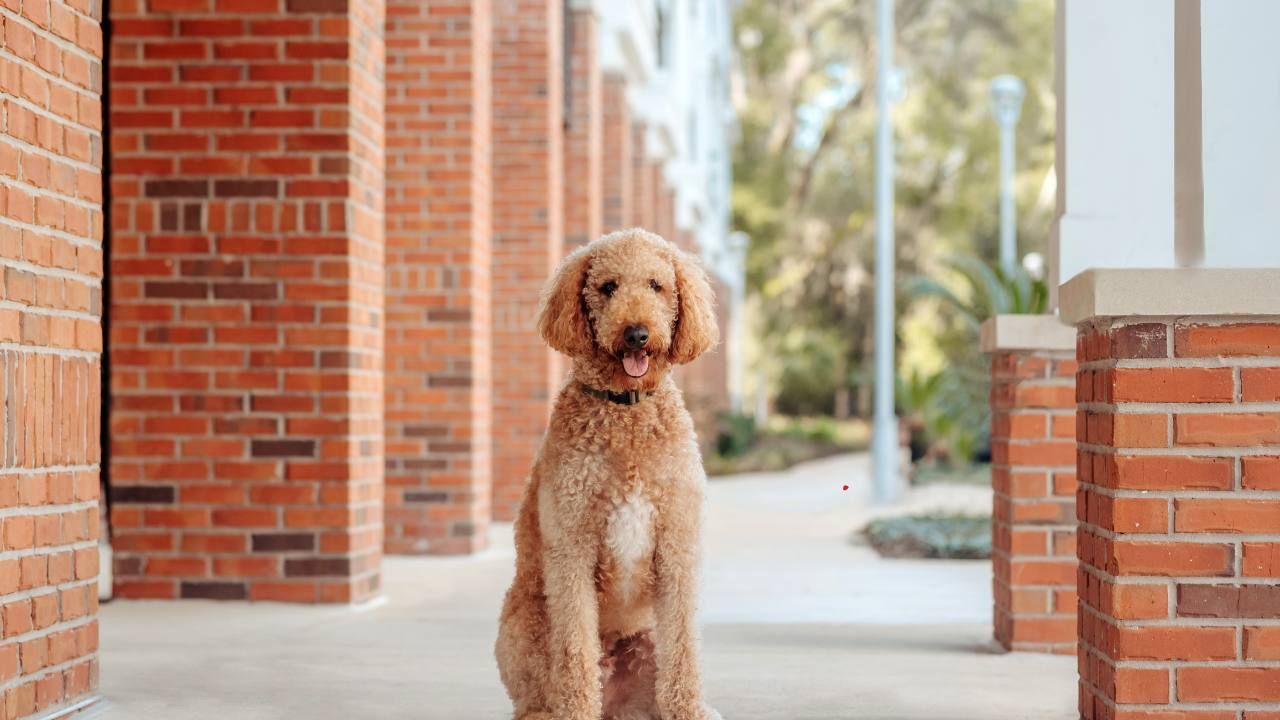Barking at the Mailman? How to Curb Excessive Barking the Kind Way

If you’ve ever had your dog bark like the world is ending just because the mailman walks by, you know how stressful (and sometimes embarrassing) it can be. While barking is a natural behavior, excessive barking can disrupt your household, annoy the neighbors, and leave your dog in a constant state of stress. The good news? You don’t have to yell, punish, or resort to harsh tactics. With the right approach, you can help your dog find calm in the chaos.
Before diving into strategies, it’s worth noting that some breeds are more vocal than others. If you’ve recently searched for Bernedoodles puppies for sale in Sedona AZ, you’ll be glad to know that these intelligent, affectionate dogs respond well to positive training methods. Many breeders, like Doodling Pups, LLC, even raise house trained Bernedoodles who already have a head start on good manners. But no matter what breed you own, the principles for curbing barking apply across the board.
Why Dogs Bark (and Why It’s Not “Bad”)
Barking is one of the few ways dogs can communicate, so it’s important not to label it as “bad.” Instead, think of barking as information. Your dog may be trying to say:
- Alert! Someone is near the house.
- I’m bored. Pay attention to me.
- I’m scared. Something feels threatening.
- Excited! Play with me!
By identifying the why behind the barking, you’ll be better equipped to choose the right solution. For example, a lonely dog needs companionship, while a nervous dog may need reassurance and training to feel safe.
The Power of Positive Reinforcement
One of the most effective—and kindest—ways to curb barking is through positive reinforcement. Instead of scolding your dog for barking, reward them when they’re quiet. The process looks like this:
- Wait for silence. Don’t reward barking. Wait until your dog pauses.
- Mark the moment. Use a cheerful “Yes!” or clicker to signal they did something right.
- Reward with treats or affection. Give them something they love immediately.
Over time, your dog will associate calmness with rewards, and barking less will become a habit.
Teach the “Quiet” Command
Once your dog understands that silence pays off, you can teach the “quiet” cue. Here’s a step-by-step method:
- Allow your dog to bark two or three times when someone comes to the door.
- Say “quiet” in a calm, firm voice.
- Wait for them to stop (even for a second), then reward.
- Repeat consistently.
This approach teaches your dog that barking is acceptable as an alert, but prolonged barking isn’t needed.
Manage the Environment
Sometimes, the easiest way to reduce barking is by limiting triggers:
- Block the view. Close blinds or use window film so your dog can’t see people passing.
- Provide distractions. Puzzle toys and chew items keep their mind busy.
- Increase exercise. A tired dog is less likely to bark excessively.
Dogs bark more when they’re bored or under-stimulated, so meeting their physical and mental needs is a huge piece of the puzzle.
A Quick Case Study
Take Bella, a three-year-old rescue who barked relentlessly at every sound outside. Her owner tried scolding, but it only made things worse. When she switched to positive reinforcement and taught the “quiet” cue, Bella’s behavior improved within two weeks. By combining treats, playtime, and closing the blinds during the busiest hours, Bella went from barking all afternoon to calmly lounging by the couch.
Building a Quieter, Happier Home
At the end of the day, curbing excessive barking isn’t about silencing your dog completely—it’s about teaching them when it’s appropriate and when it’s time to relax. With patience, consistency, and kindness, you’ll not only reduce noise but also strengthen the bond you share with your furry friend.
Ready to Begin?
Start small: reward calm moments, teach “quiet,” and manage triggers. Over time, you’ll have a dog who still alerts you to the mailman but doesn’t treat every delivery like a five-alarm emergency. Contact us to learn more.














